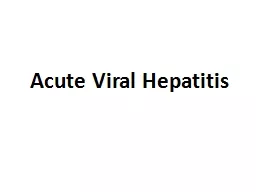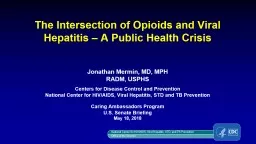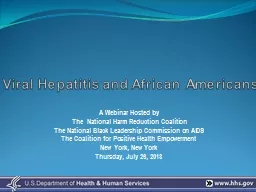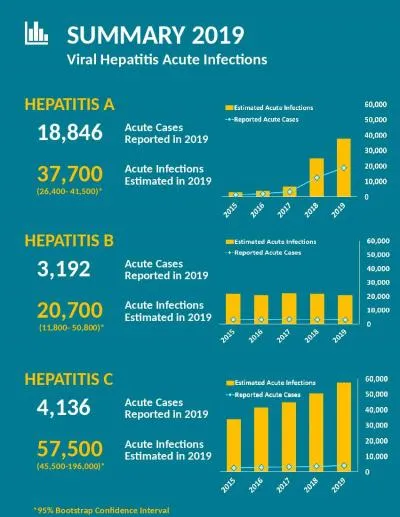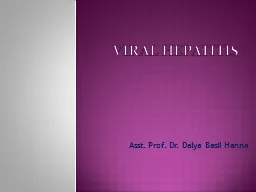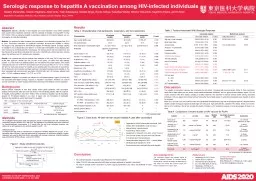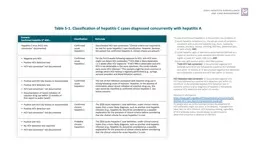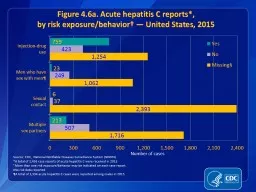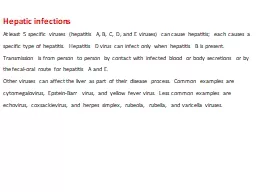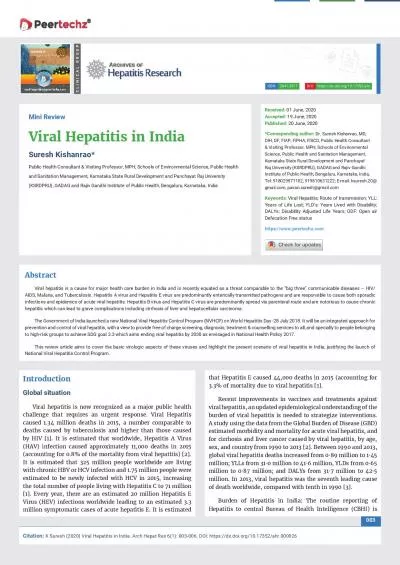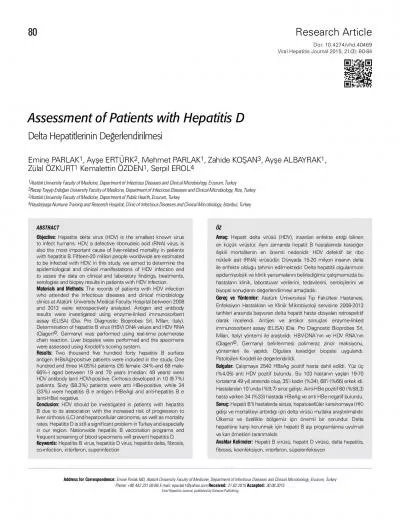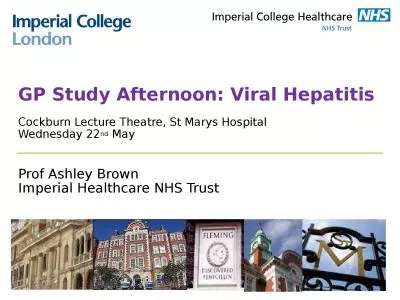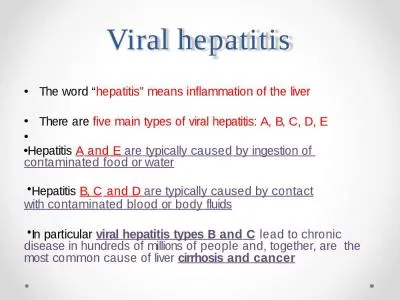PPT-Acute Viral Hepatitis Hepatitis
Author : joy | Published Date : 2022-06-08
inflammation of liver presence of inflammatory cells in organ tissue Pathogenesis Immune response Acute Viral Hepatitis symptoms last less than 6 months Chronic
Presentation Embed Code
Download Presentation
Download Presentation The PPT/PDF document "Acute Viral Hepatitis Hepatitis" is the property of its rightful owner. Permission is granted to download and print the materials on this website for personal, non-commercial use only, and to display it on your personal computer provided you do not modify the materials and that you retain all copyright notices contained in the materials. By downloading content from our website, you accept the terms of this agreement.
Acute Viral Hepatitis Hepatitis: Transcript
Download Rules Of Document
"Acute Viral Hepatitis Hepatitis"The content belongs to its owner. You may download and print it for personal use, without modification, and keep all copyright notices. By downloading, you agree to these terms.
Related Documents

